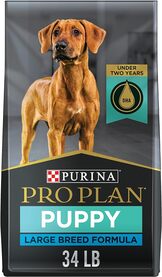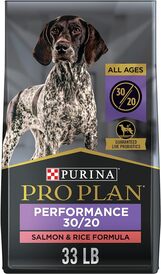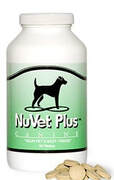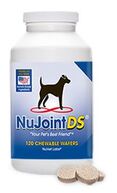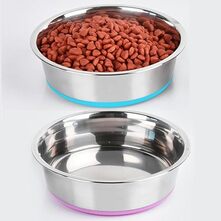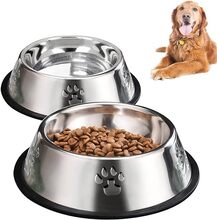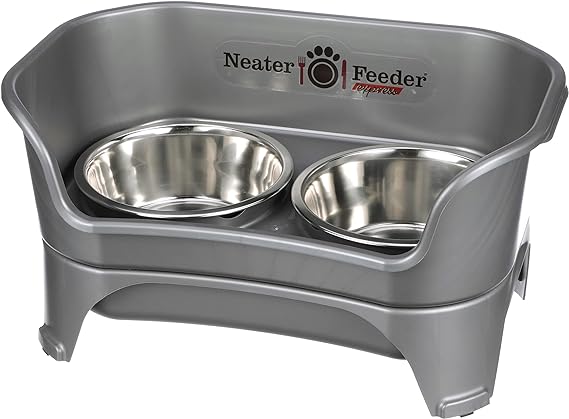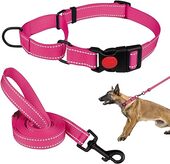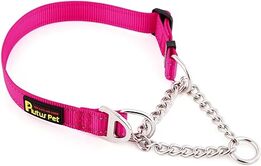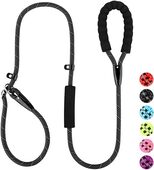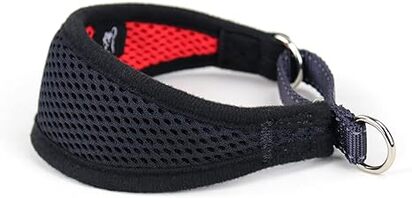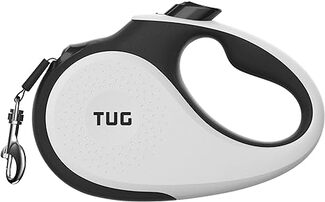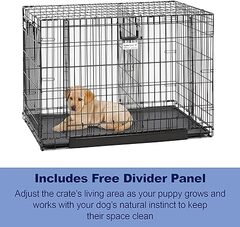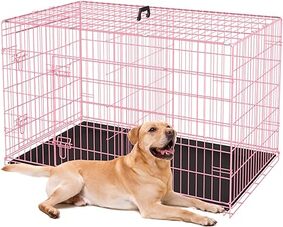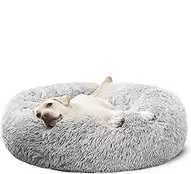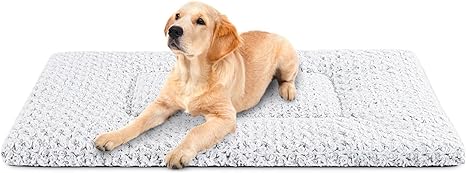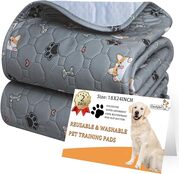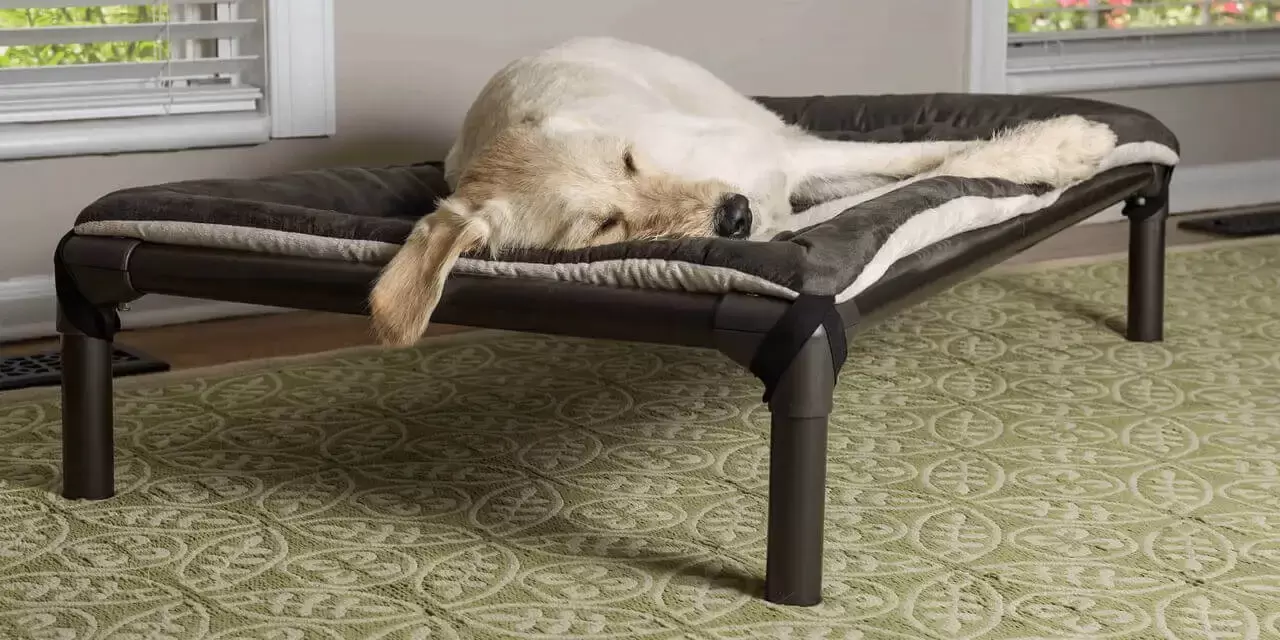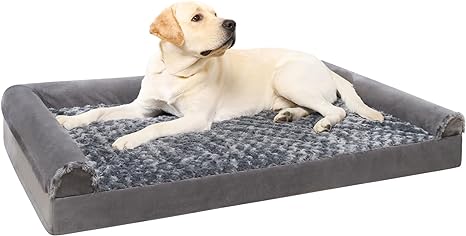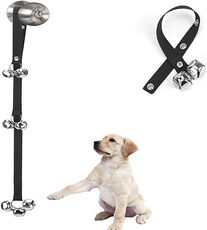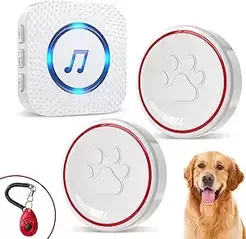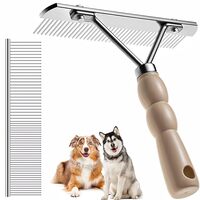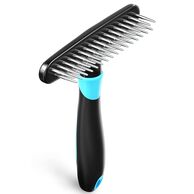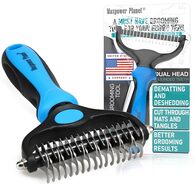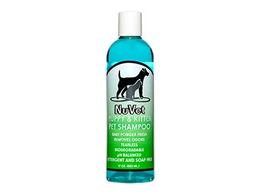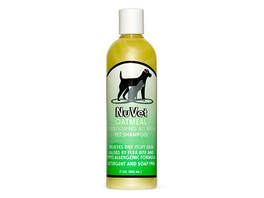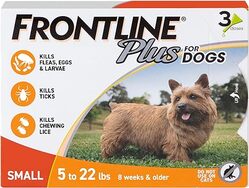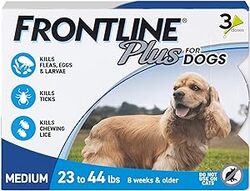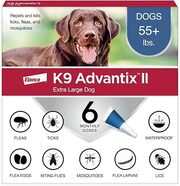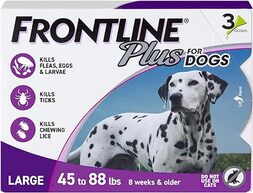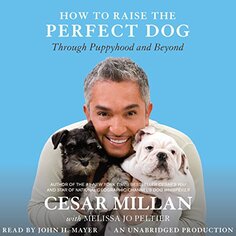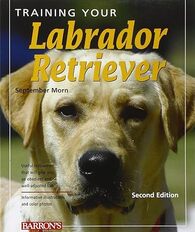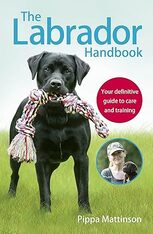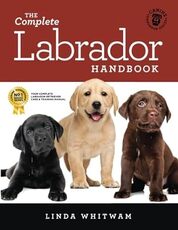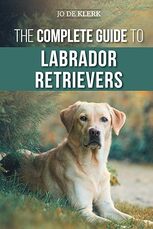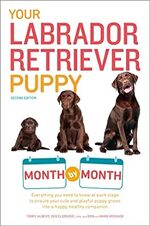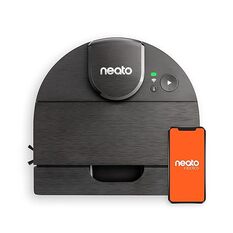When the time to take your puppy home is getting closer, you got to get ready for it. You need to get your house puppy proved. The first thing you need to do is to get down to ground level and see all that can be chewed or eaten by the puppy.
Puppy proofing your house checklist:
For your convenience, we offer links to Amazon and other providers for the most commonly used products. We have used these products and only recommend what has worked for us. “As an Amazon Associate I earn from qualifying purchases.
Puppy proofing your house checklist:
- Small pets: Birds, hamsters, and fish tanks
- If you have a cat, make sure he/she can climb away from the puppy.
- Houseplants, some of which are poisonous, including the dead leaves. Check on intoxications.
- Children’s toys.
- Office and school supplies.
- Books, magazines, mail, newspapers.
- Money, especially pennies.
- Electrical cords or wires Telephone cords, computer cables, TV, Cable or satellite cables.
- Drawstrings from draperies or blinds.
- Remote controls, VCR tapes, DVDs, CDs.
- Knick-knacks, figurines, or collectibles, heavy items like lamps that can get pulled on or knocked over.
- Firewood or debris from fireplaces.
- Pillows, fabric arm covers, Afghans, throws.
- Throw rugs, bathmats.
- Candles, potpourri, plug-in air fresheners.
- People food, candy dishes, food crumbs, bones, or discarded cooking items.
- Puppy's food and treats (can overeat and get ill or bloat)
- Alcoholic beverages.
- Trash cans or bags.
- Paper towels and napkins, clean or dirty.
- Tissues or toilet paper, toothpaste, and toothbrushes.
- Bed and bath linens.
- Clothing, gloves, hats, shoes, dirty laundry.
- Jewelry, combs, hair ribbons, or pins.
- Medications, drugs, toiletries, cosmetics.
- Anything that you don't want to be chewed on, put it away until the puppy learns to be around without chewing on everything.
For your convenience, we offer links to Amazon and other providers for the most commonly used products. We have used these products and only recommend what has worked for us. “As an Amazon Associate I earn from qualifying purchases.
Food
We feed our puppies Pro Plan puppy large breed chicken Formula. If you plan to change the food, do it gradually. We can provide some food, or you can get a small bag for the transition.
We feed our adults Pro Plan Performance 30/20 salmon and rice formula
We feed our adults Pro Plan Performance 30/20 salmon and rice formula
Supplements
When you feed a premium quality food, your puppies are set for a good start, but most processed foods lose essential vitamins, minerals, and antioxidants. These nutrients are extremely important for the development of a healthy puppy and to keep dogs healthy and help battle nutritionally induced diseases like allergies, joint diseases, and cancer. Make sure you get a good quality supplement from your vet or you can try what we use, NuVet Plus and NuJoint
We give 1 NuVet waffler to all our puppies and adults. It boosts the immune system, strengthens the cardiovascular system, fortifies Bone Structure, and promotes a healthy Nervous system. We use NuJoint in older puppies and adults. NuJoint Plus is a natural anti-inflammatory hip and joint therapy that contains precise percentages of Glucosamine, Chondroitin, methylsulfonylmethane (MSN), and vitamin C.
We give fish oil to all our dogs and puppies.
We give 1 NuVet waffler to all our puppies and adults. It boosts the immune system, strengthens the cardiovascular system, fortifies Bone Structure, and promotes a healthy Nervous system. We use NuJoint in older puppies and adults. NuJoint Plus is a natural anti-inflammatory hip and joint therapy that contains precise percentages of Glucosamine, Chondroitin, methylsulfonylmethane (MSN), and vitamin C.
We give fish oil to all our dogs and puppies.
Plates
2 medium metal plates. For adults, you need large ones. The ones that can't be flip over work best for puppies. Raised feeders work great for adult dogs but might be too tall for small puppies. Automatic feeders are a big no-no for puppies. You want to use the feeding time to bond with your puppy. You also need to observe his/her appetite.
Leash and collars
Collar
12"-16" Nylon adjustable.
Choke collar
It is not necessary until training starts at 10 weeks. A size 14" or 16" should be good.
Nylon and chain collar
My favorites. Good for correction, and gentle enough for a puppy or more submissive dogs.
Leash
Nylon 5-6' would do. You can match the collar.
Retractable leashes are good for long walks of already leash broken puppies. I don't recommend them for little puppies.
Harness
No harnesses for Labs. It encourages pulling. You want the dog to learn to heal properly.
12"-16" Nylon adjustable.
Choke collar
It is not necessary until training starts at 10 weeks. A size 14" or 16" should be good.
Nylon and chain collar
My favorites. Good for correction, and gentle enough for a puppy or more submissive dogs.
Leash
Nylon 5-6' would do. You can match the collar.
Retractable leashes are good for long walks of already leash broken puppies. I don't recommend them for little puppies.
Harness
No harnesses for Labs. It encourages pulling. You want the dog to learn to heal properly.
Crate
36 inches for females, and 42 inches for males. Some of them bring a divider that helps a lot with the potty training process. For the crate floor, I recommend just something easy to wash, and that absorbs liquids well. Towels or a piece of carpet work best. Safe the fancy bed for later when your puppy won't destroy it.
Beds
I use Kuranda beds for my kennel dogs. They come in all sizes and different colors to fit inside the crate or just use it in your living room or outdoors. Almost indestructible and easy to clean. Dogs love them because they are very easy on their joints. For my house dogs, I use an Orthopedic bed.
Bell Potty training System
Bell potty training system
Hang the bells from the doorknob low enough that your puppy can reach them with their paw and their nose.
Every time you take your puppy out, ring the bells and tell him to ring the bells to go outside and potty. Show him the bells every time he goes out the door and make sure they are rung.
You will be surprised when a few days later, you will hear the bells and your puppy sitting patiently by the door.
You can buy a kit for about $15 or make one at home with some leftover Jingle bells from last Christmas and shoelaces.
Hang the bells from the doorknob low enough that your puppy can reach them with their paw and their nose.
Every time you take your puppy out, ring the bells and tell him to ring the bells to go outside and potty. Show him the bells every time he goes out the door and make sure they are rung.
You will be surprised when a few days later, you will hear the bells and your puppy sitting patiently by the door.
You can buy a kit for about $15 or make one at home with some leftover Jingle bells from last Christmas and shoelaces.
Brushes and combs
Labradors shed once or twice a year for about 1-2 months. The best way to deal with it is to brush your puppy or dog daily during the shedding period and once a week the rest of the year.
Puppy shampoo
DO NOT use flea and tick shampoos in your puppies. If you have a problem with fleas and ticks in your area get a safe flea and tick preventative from your vet. They might cost more money, but you are avoiding severe toxic reactions to the cheaper products sold in pet stores.
Flea & Tick prevention
Frontline is the safest product for puppies. Make sure you know your puppy's weight to order. Consult your veterinarian before using.
For older dogs I also recommend Advantix. Make sure you know your dog's weight to order. Consult your veterinarian before using.
Ear cleaner solution
You should clean your dog's ears once a week.
Books
Vacuum
You don't need a vacuum robot, but it sure helps a lot. This is the one I use in my house, and it is the best for the Labrador hair household.
Toys
Lots of toys of different textures and sounds. Make sure all toys are always bigger than your puppy's head. Labradors are famous for swallowing first and then ask if it was edible.....
Chews
There are also many kinds of chews. They are all good in general, but you need to make sure that as soon as the puppy can chew off a piece of it, you threw it away. This is especially true with Rawhide and Greenies. They are not digestible, and they can get stuck in the puppy's intestines.
Telephone770-330-8841
|
|
